Botanical art is a distinct form that intricately blends artistic flair with scientific accuracy. It focuses on the detailed depiction of plants and demands precision in portraying scale, form, and color. Still, botanical art emphasizes aesthetics alongside its accuracy, inviting a deeper emotional connection than scientific illustrations alone. Botanical home decor not only showcases the beauty of flora but also serves as a bridge between art, nature, and you.
Key Things to Know About Botanical Art
- There’s a distinct nuance between botanical illustrations, botanical art, and nature-inspired artwork.
- Botanical art is popular for its timelessness, versatility, and aesthetic appeal.
- Watercolors are popular for botanical art, but you can also find oil paintings, colored pencil sketches, and inked designs.
- The history of botanical art goes back a thousand years—from medieval herbs to modern science.
- There are many ways to decorate your home with botanical art, from creating spa-like bathrooms to swapping wall art with the seasons.
Why Is Botanical Art So Popular?
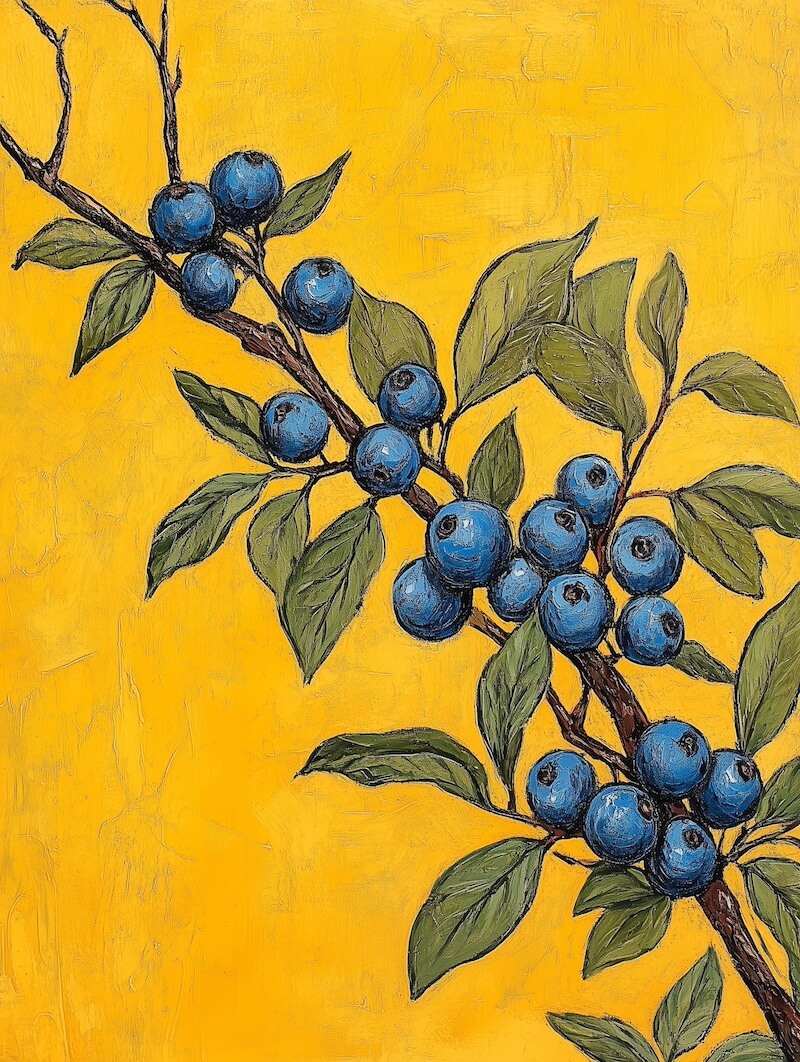
Botanical art has remained a beloved artistic genre for centuries, and its popularity continues to thrive in modern times. Its appeal lies in its ability to capture the beauty of nature with precision, artistry, and timeless elegance. Here are some of the key reasons why botanical art remains so popular:
- A Connection to Nature – In a world increasingly dominated by technology and urban landscapes, botanical art allows people to bring elements of the natural world into their homes. The detailed depictions of flowers, leaves, and plants evoke a sense of tranquility and appreciation for nature.
- Timeless Aesthetic Appeal – Botanical art has a classic and enduring charm. Whether displayed in traditional, vintage, or farmhouse interiors, botanical illustrations and paintings blend seamlessly with a variety of décor styles.
- Scientific & Artistic Value – Botanical art is unique in that it merges science and artistry. Originally used for scientific documentation, it continues to appeal to those who appreciate both the technical accuracy and the aesthetic beauty of meticulously rendered plant forms.
- Versatility in Decor – Botanical prints and paintings are incredibly versatile. They can be used to create a calming, nature-inspired atmosphere in any space, from modern minimalist homes to rustic cottages. The wide range of colors and plant varieties depicted in botanical art ensures that there’s something to suit everyone’s artistic taste. Anywhere you could decorate with a houseplant, you could decorate with botanical art—and you don’t even have to water it!
With its perfect blend of science, history, and aesthetics, botanical art continues to captivate audiences and remains a timeless choice for art lovers, collectors, and interior designers alike.
Botanical Illustration vs. Botanical Art vs. Art with Plants
Botanical illustrations, botanical art, and art depicting plants represent three categories of nature-inspired imagery. While all three of these celebrate the beauty of plants, they serve distinct purposes and cater to specific audiences.
Botanical illustration is all about detailed identification and documentation. It typically includes every aspect of a plant, often in monochrome, to guarantee precise scientific communication. Botanical illustrations often depict life cycles and include contextual details to aid in identification.
Botanical art prioritizes aesthetic expression and visual appeal, often using vibrant colors and limited backgrounds to emphasize the subject. This type of art aims to evoke an emotional response while maintaining scientific accuracy. Unlike botanical illustration, botanical art embraces a range of artistic styles and interpretations, sometimes omitting certain elements to enhance the overall aesthetic expression.
However, not every painting or print that shows flowers or other plants is botanical art. The relative sizes, colors, and scientific accuracy come second to the visual appeal of the painting. Vases of flowers in an impressionistic still life, for example, aren’t primarily concerned with whether the audience can identify the exact species of flower. Similarly, famous landscape paintings may contain plants, but they’re not the primary subject.
Techniques & Materials in Botanical Art
To create compelling botanical art, artists use a variety of techniques and materials that bring their subjects to life with stunning accuracy.
Watercolors are a popular choice, but oils, ink, and pencils also play important roles in achieving detailed representation.
Artists may collaborate with scientific professionals to guarantee botanical accuracy, measuring and inspecting colors carefully. This collaboration guarantees that every aspect of the plant, from its flowers and leaves to its seeds and roots, is depicted with precision.
By illustrating both sides of a leaf, artists capture stunning detail. Various tools and surfaces, like colored pencils and artboards, offer flexibility in creative expression.
These choices are vital for maintaining the scientific integrity of the artwork while showcasing nature’s intricate beauty.
Historical Evolution of Botanical Art
Botanical art has a rich history that spans centuries, evolving alongside scientific discoveries, artistic movements, and cultural influences. What began as a practical tool for documenting plant life has evolved into a celebrated art form that blends precision with aesthetic beauty.
Ancient Beginnings: Early Botanical Illustrations
The origins of botanical art date back to ancient civilizations, where early plant illustrations were used for medicinal, agricultural, and spiritual purposes. Ancient Egyptians, Greeks, and Romans each created detailed drawings of plants in manuscripts and temple carvings, often as part of herbal medicine guides.
Medieval Herbals: The Fusion of Art and Science
During the Middle Ages, around the 12th century, botanical illustrations appeared in herbals manuscripts that documented the medicinal uses of plants. These hand-drawn and colored illustrations were used by physicians and apothecaries to identify and prescribe plant-based remedies. While these early drawings lacked strict scientific accuracy, they paved the way for more detailed botanical studies.
This period set the stage for botanical artists like Leonhart Fuchs in 1543. His book “Great Herbal” offered illustrations that gave insight into plant characteristics, aiding scientific professionals in medicinal use.
The Renaissance: The Golden Age of Botanical Art
The Renaissance era (14th–17th centuries) marked a turning point for botanical art. With the rise of natural science and exploration, artists and scientists collaborated to produce highly detailed plant illustrations. The invention of the printing press in the 15th century allowed botanical books to reach a wider audience, solidifying the importance of accurate plant depictions. Renowned artists like Leonardo da Vinci and Albrecht Dürer studied plants with scientific precision, influencing the future of botanical illustration.
The Golden Age of Botanical Art, from c.1750 to c.1850, flourished with advances in biology and printing. Botanical artists like Pierre-Joseph Redouté and Walter Hood Fitch crafted detailed works, still cherished today, bridging art and science.
18th and 19th Centuries: The Age of Discovery
The 18th and 19th centuries saw an explosion of botanical art, driven by global exploration and a growing interest in plant classification. The Age of Discovery expanded biodiversity documentation, with artists such as Sydney Parkinson and Maria Sibylla Merian.
Artists such as Pierre-Joseph Redouté, known as the “Raphael of flowers,” created stunningly detailed floral illustrations that were both scientifically accurate and artistically refined. During this period, botanical prints became popular decorative pieces, further blending the worlds of art and science.
Modern Botanical Art: A Resurgence in Popularity
With advances in photography and digital illustration, botanical art evolved to incorporate new techniques while maintaining its traditional essence. Today, botanical art is not only used for scientific purposes but is also a major decorative staple. Contemporary artists experiment with watercolor, ink, and digital mediums to create realistic and stylized plant depictions. These components make botanical art accessible to a broader audience.
From its early use in medicinal texts to its role in contemporary decor, botanical art has continually adapted while preserving its timeless appeal. Its historical journey highlights humanity’s enduring fascination with nature and the desire to capture its intricate beauty.
The Role of Botanical Art in Scientific Discovery
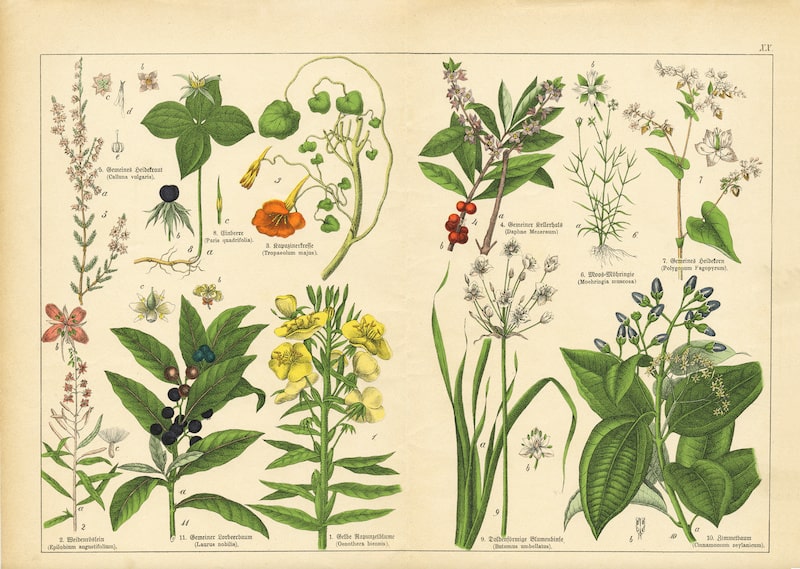
Even though photography has revolutionized the way we document plant life, it often overlooks the intricate details that botanical art captures so well.
Botanical art serves as an essential scientific tool, offering accurate depictions that help elevate our botanical knowledge. Through precise botanical illustrations, present-day artists like Maria Vorontsova collaborate with botanists to enhance taxonomic work, helping identify and classify new species.
These illustrations enrich scientific literature, providing insights into plant biodiversity and ecological relationships. In publications like Curtis’s Botanical Magazine, botanical art has thrived for over 200 years, demonstrating its enduring value.
The meticulous process of creating these illustrations guarantees they complement scientific research, revealing the hidden complexities of plant morphology and contributing considerably to scientific discovery.
Notable Artists in the History of Botanical Art
Botanical artists have long focused on precision and beauty, but the heart of this artistic tradition beats strongest through the works of its most notable figures.
- Franz Bauermade detailed illustrations that bolstered the scientific understanding of plant species.
- Pierre-Joseph Redouté gained acclaim for his exquisite paintings of roses and lilies.
- Marianne North captured the diversity of plant life with 833 vibrant paintings, emphasizing ecological significance.
- Walter Hood Fitch influenced botanical artists with over 10,000 precise plates.
- Margaret Mee combined artistry and conservation, focusing on Amazonian plants and awareness about their ecological significance.
- Notable artists like Arthur Church and Pandora Sellars push boundaries with their original interpretations, showcasing the genre’s evolution.
Through their meticulous efforts, these artists have enriched art and science while underscoring the essential relationship between the two verticals.
Ideas for Decorating Your Home with Botanical Art
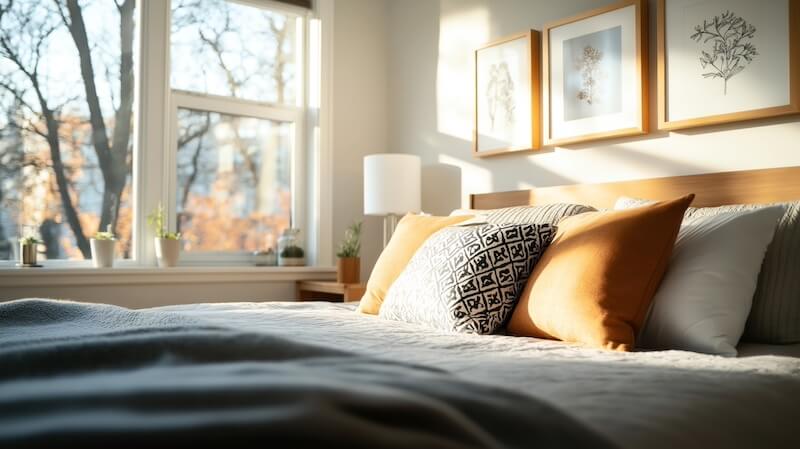
Botanical art is a timeless and versatile decor choice that brings the beauty of nature indoors. Whether you prefer classic botanical illustrations, modern watercolor prints, or bold floral artwork, there are countless ways to incorporate botanical art into your home. Here are some creative ideas to inspire your decor:
Create a Botanical Gallery Wall
A gallery wall featuring botanical prints or paintings can add charm and elegance to any room. Mix different sizes and styles of botanical art to create a curated and visually dynamic display. These mixes include botanical illustrations, watercolor florals, and even pressed plant prints. Consider using matching frames for a cohesive look or an eclectic mix for a more organic feel.
Enhance Your Kitchen with Herb & Fruit Prints
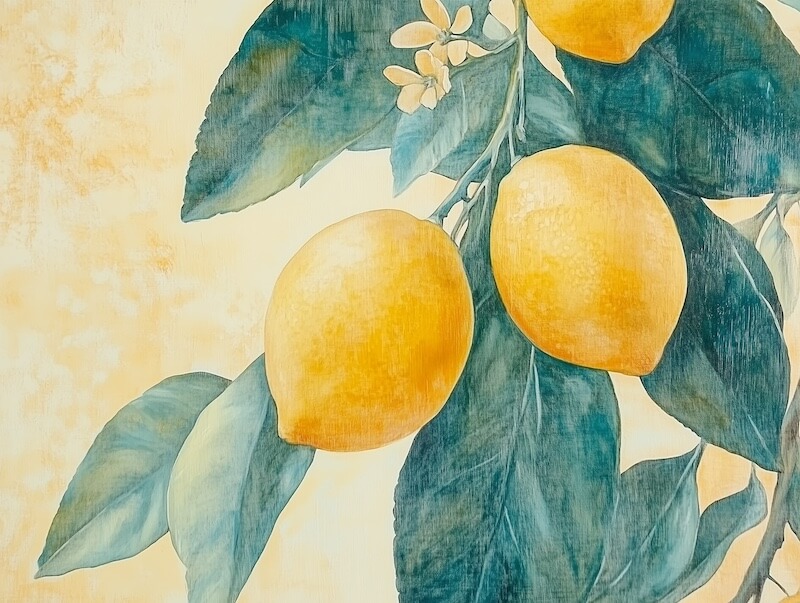
Looking for kitchen wall decor ideas? Try hanging framed illustrations of herbs, fruits, or vegetables to create a farmhouse or garden-inspired atmosphere. Consider vintage botanical prints of lemons, olive branches, or rosemary for a fresh and timeless look.
Bring Serenity to the Bedroom with Soft Botanical Designs
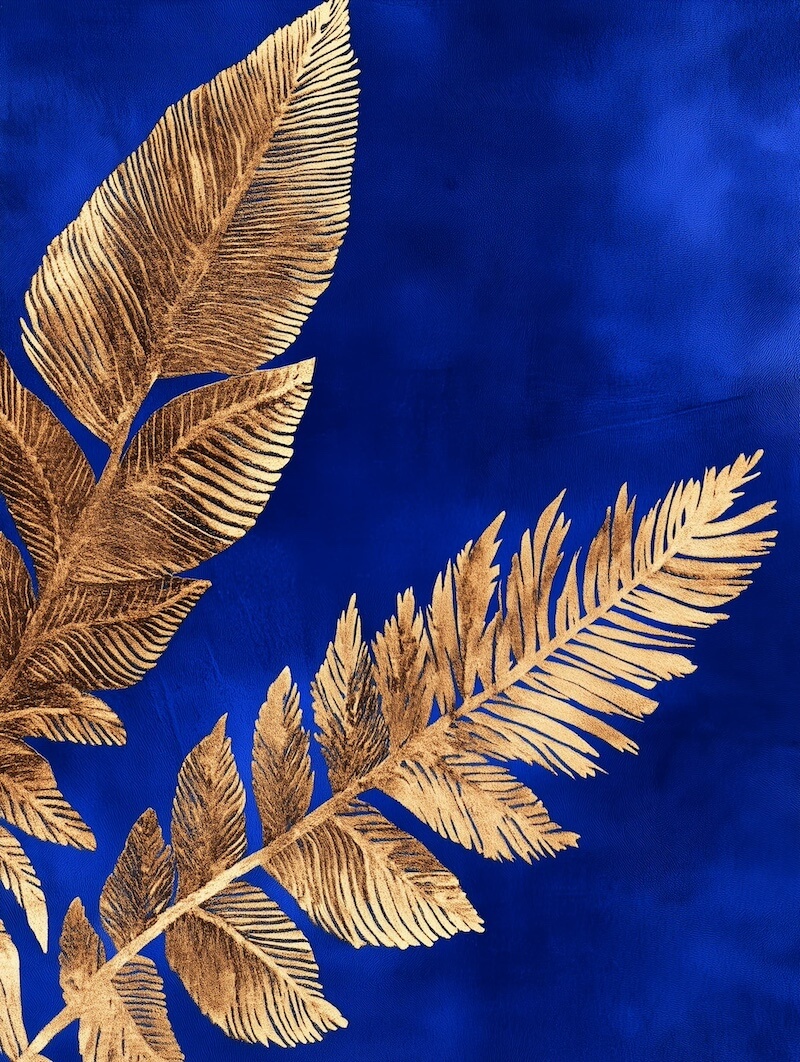
For a calming and nature-inspired bedroom decor, choose soft botanical art in muted greens, blues, or pastels. Delicate floral sketches, minimalist leaf prints, or watercolor botanical designs can enhance the peaceful ambiance of the space. Pair them with neutral bedding and natural textures for a harmonious aesthetic.
Add Elegance to the Bathroom with Ferns & Florals
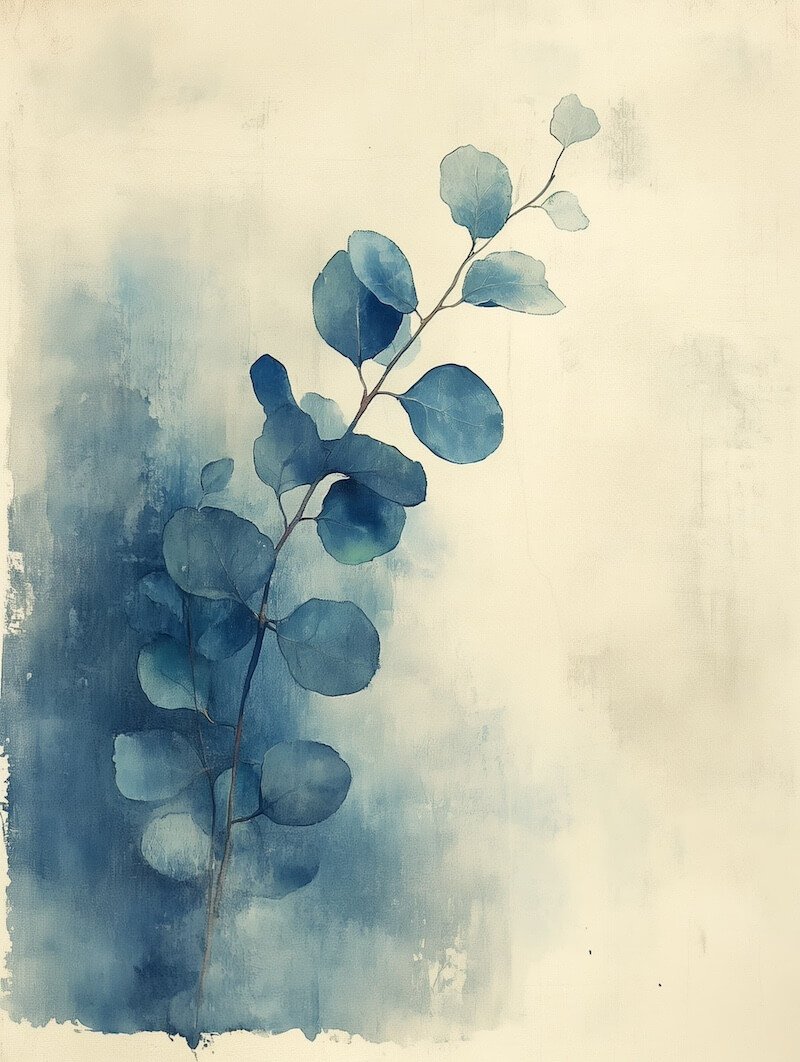
A bathroom can benefit from the refreshing and serene presence of botanical art. Frame prints of ferns, eucalyptus, or tropical leaves to create a spa-like environment. Consider pairing botanical prints with other design elements in your bathroom like woven baskets and greenery for a balanced look.
Use Botanical Art as Seasonal Decor
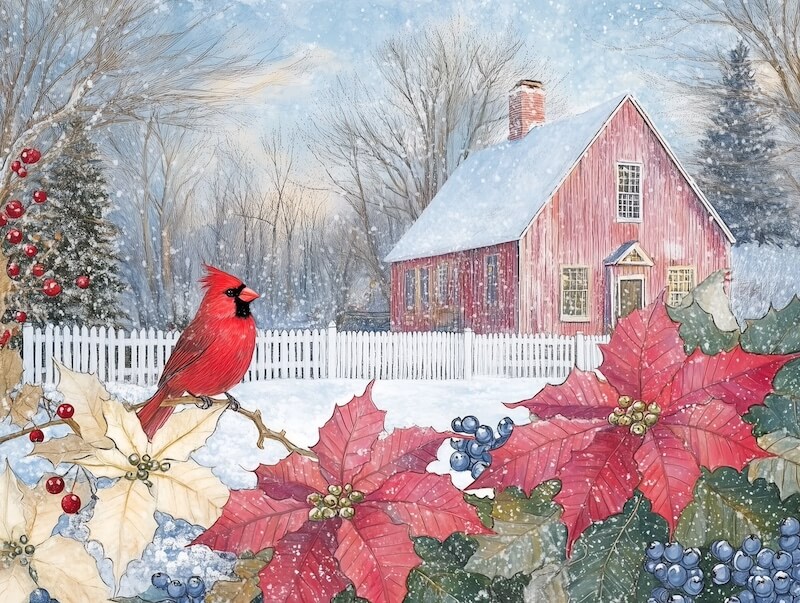
Switching out botanical prints seasonally is an easy way to refresh your decor. Choose vibrant floral designs for spring and summer, warm-hued autumn leaves for fall, and evergreen or poinsettia prints for winter. This approach keeps your home feeling fresh and in sync with the seasons.
Pair Botanical Art with Real Greenery
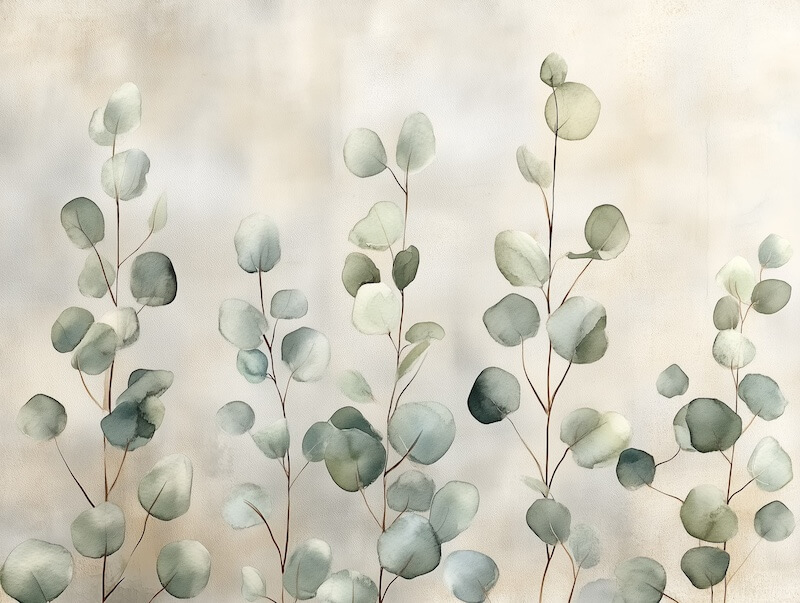
To create a seamless connection between art and nature, complement botanical prints with real plants. Display framed botanical artwork above a console table decorated with potted ferns, succulents, or fresh flowers to enhance the natural feel of the space.
Bringing Nature’s Beauty into Your Home
Nature-inspired art is a timeless way to bring the beauty and tranquility of the great outdoors into your living space. Whether you opt for vintage botanical illustrations, modern floral prints, or bold plant-inspired statement pieces, this versatile art form can enhance any room with elegance and charm. No matter your style, embracing botanical artwork allows you to bring the calming and refreshing presence of nature into your home.




